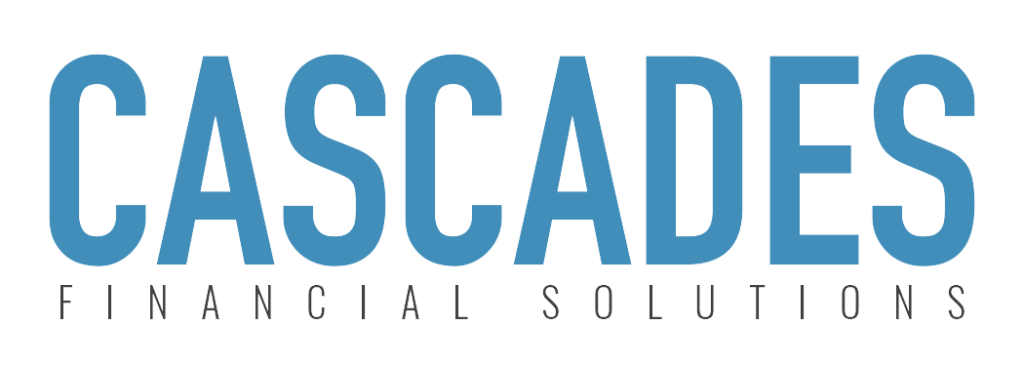(Sponsor Content)
Retirement planning used to be easy: you simply applied for your government benefits and your company pension at age 65. So when did it get so complicated?
Things started to change in 2007 when pension splitting came into effect. While we did have Canada Pension Plan (CPP) sharing before that, not too many people took advantage of it. Then Tax Free Savings Accounts (TFSA) came along in 2009. At first you could only deposit small amounts into your TFSA, but in 2015 the contribution limit went to $10,000 (it’s since been reduced to $6,000 per year). Accounts that had been opened in 2009 were building in value, and the market was rebounding from the 2008 downturn. Registered Retirement Savings Plan (RRSP) dollars were now competing with TFSA dollars and people had to choose where they were going to put their retirement money.
In 2015 or 2016 financial planners suddenly started paying attention to how all of these assets (including income properties) were interconnected. There were articles about downsizing, succession planning, and selling the family cottage. This information got people thinking about their different sources of retirement income and which funds they should draw down first.
Of course there is more to consider, such as the Old Age Security (OAS) clawback. When, where, and how much could this affect your retirement planning? People selling their business are often surprised that their OAS is clawed back in the year they sell the business, even if they’re eligible for the capital gains exemption. Not to mention what you need to do to leave some money behind for your loved ones. Even with all this planning, the fact that we pay so much tax when we die is never discussed, although the final tax bill always seems to be the elephant in the room. We just ignore it, and hope it’ll go away.
Income Tax doesn’t disappear at 65
Unfortunately, income tax doesn’t disappear at age 65, and you need time to plan ahead so you can reduce the amount of tax you pay in retirement. A good way to do this is to use a specialized software that takes all your sources of income and figures out the best strategy to get the most out of your retirement funds.
One such software is Cascades (cascadesfs.com), which was designed by financial advisors and software developers using actual tax rates to project the financial outcome for your entire retirement, including longevity risk. You can get a one-time report for $85 or financial advisors can subscribe to the service for $125 per month.
Cascades answers the big question: What’s the most tax-effective way to draw down your retirement savings? Should you use non-registered income sources first or registered ones? Or both? After your financial details are put into the system, the software runs a projection to age 102 that shows exactly what your sources of income will be year by year. It also shows how your financial future would change if you added a lump sum of money from the sale of a farm, business or cottage, and calculates different outcomes based on this additional source of income.
Cascades runs your retirement income withdrawal plan three different ways to produce an after-tax annual retirement income amount, changing the way withdrawals are made in each scenario. Sometimes drawing down on registered funds first is the most beneficial and sometimes using non-registered funds first shows better results depending on the mix of retirement income available and the age of the user. Every situation is different, but the math speaks for itself.
If you’d like more information on how Cascades can help you sort through the complicated retirement planning process, contact info@cascadesfs.com.
 Ian Moyer is a 40 year veteran of the financial services industry. He is a long term member of the MDRT, as well as Court and Top of the Table. In 2013 he started developing Cascadesfs.com with his business partner Jonathan Kestle. Cascades’ focus is to illustrate the value of advice, by revealing the tax difference of comparing withdrawal strategies.
Ian Moyer is a 40 year veteran of the financial services industry. He is a long term member of the MDRT, as well as Court and Top of the Table. In 2013 he started developing Cascadesfs.com with his business partner Jonathan Kestle. Cascades’ focus is to illustrate the value of advice, by revealing the tax difference of comparing withdrawal strategies.


